Furniture Collection in White Goods Recycle
Introduction to Furniture Collection
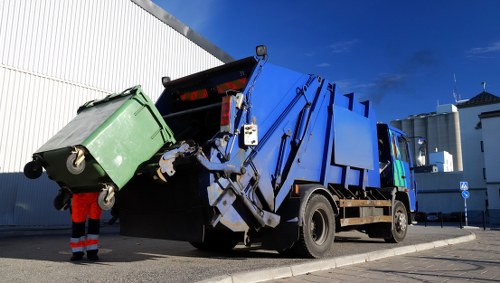
In today's environmentally conscious world, furniture collection plays a pivotal role in promoting sustainability. Collecting and recycling furniture not only reduces waste but also gives new life to pieces that might otherwise end up in landfills.
Whether you're upgrading your living space or decluttering, understanding the process and benefits of furniture collection is essential. This article delves into the intricacies of furniture recycling, focusing on white goods and how they contribute to a greener planet.
White goods, typically referring to large household appliances like refrigerators, washing machines, and ovens, are integral to any home. However, their disposal poses significant environmental challenges. Proper collection and recycling of these items can mitigate adverse effects and promote resource conservation.
Why Recycle White Goods?
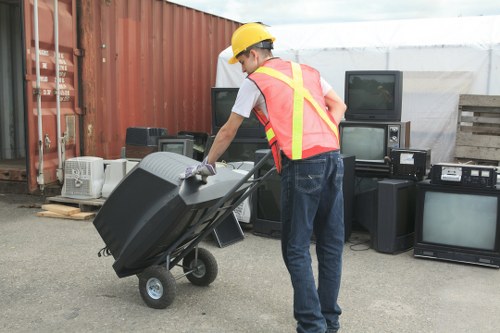
Recycling white goods is crucial for several reasons. Firstly, these appliances contain valuable materials such as metals, plastics, and refrigerants that can be reclaimed and reused. By recycling, we reduce the demand for virgin resources, thereby conserving natural habitats and energy.
Secondly, improper disposal of white goods can lead to environmental pollution. Hazardous substances like mercury and refrigerants can contaminate soil and water if not handled correctly. Recycling ensures these materials are disposed of safely, minimizing environmental impact.
Moreover, recycling white goods supports the circular economy. It transforms waste into valuable products, fostering sustainable economic growth and creating job opportunities in the recycling industry.
Steps Involved in Furniture Collection

The process of furniture collection involves several key steps to ensure efficiency and sustainability. Understanding these steps can help individuals and businesses participate effectively in recycling efforts.
1. Assessment and Sorting
Initially, furniture items are assessed to determine their condition and recyclability. Items in good condition may be refurbished or donated, while damaged or outdated pieces are sorted for recycling.
2. Dismantling
Dismantling involves breaking down furniture into its constituent parts. This step is essential for separating different materials, such as metal, wood, and plastic, which can be recycled individually.
3. Recycling and Processing
Once dismantled, the materials undergo specialized recycling processes. Metals are melted and purified, plastics are reprocessed into pellets, and wood is repurposed for various applications.
Benefits of Recycling Furniture
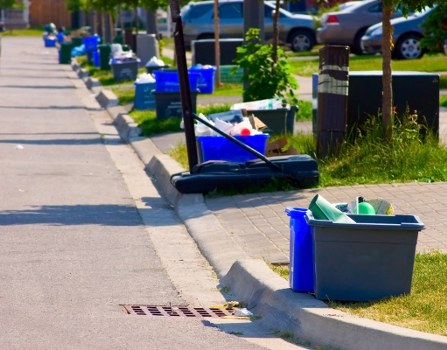
Recycling furniture offers numerous benefits that extend beyond environmental conservation. These benefits encompass economic, social, and health aspects, contributing to a holistic approach to sustainability.
- Environmental Protection: Reduces waste, conserves natural resources, and minimizes pollution.
- Economic Advantages: Creates jobs in the recycling sector and reduces costs associated with waste management.
- Social Impact: Promotes community engagement through donation and reuse programs.
- Health Benefits: Prevents the release of toxic substances from improperly disposed furniture.
Challenges in Furniture Recycling
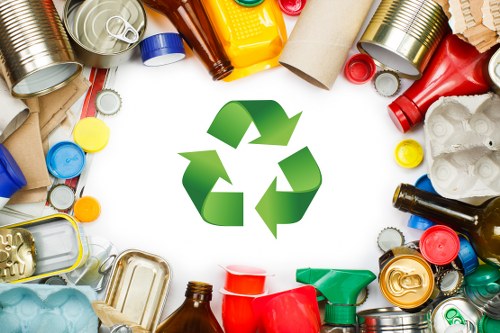
Despite its benefits, furniture recycling faces several challenges that hinder its effectiveness. Addressing these challenges is crucial for enhancing recycling rates and maximizing benefits.
1. Logistical Issues
Efficient collection and transportation of furniture can be complicated due to the size and weight of items. Limited access to recycling facilities also poses significant barriers.
2. Consumer Awareness
Many consumers are unaware of the importance of recycling furniture or the available recycling options. Increasing awareness through education and outreach is essential.
3. Cost Factors
The cost of recycling can be prohibitive, especially for large items like white goods. Subsidies and incentives can help offset these costs and encourage more participation.
Innovative Solutions for Effective Recycling
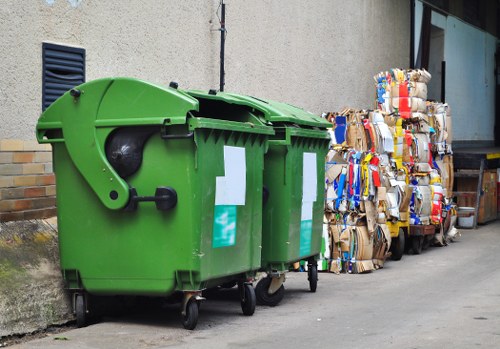
To overcome the challenges in furniture recycling, various innovative solutions have been proposed and implemented. These solutions aim to streamline the process, increase efficiency, and boost participation rates.
1. Technological Advancements
Advancements in recycling technology have made the process more efficient. Automated sorting systems and improved processing techniques enhance the quality and quantity of recycled materials.
2. Community Recycling Programs
Community-based recycling programs facilitate easier collection and disposal of furniture. These programs often include scheduled pickups and drop-off points, making recycling more accessible.
3. Incentive Schemes
Providing incentives, such as discounts or rewards, encourages individuals and businesses to recycle furniture. Financial incentives can significantly increase recycling participation rates.
Best Practices for Furniture Collection

Implementing best practices in furniture collection ensures that the process is effective, efficient, and sustainable. These practices can be adopted by individuals, businesses, and recycling organizations alike.
1. Proper Labeling and Documentation
Accurate labeling and documentation of furniture items facilitate easier sorting and recycling. Keeping records also helps track recycling progress and identify areas for improvement.
2. Training and Education
Providing training for those involved in furniture collection enhances their ability to handle items correctly. Education initiatives can also inform the public about the importance of recycling.
3. Collaboration with Manufacturers
Partnering with furniture manufacturers can promote the design of recyclable products. Manufacturers can also support recycling efforts by providing resources and expertise.
Environmental Impact of Recycling White Goods

The environmental impact of recycling white goods is profound, contributing to various aspects of ecological preservation and sustainability.
- Reduced Landfill Usage: Recycling decreases the volume of waste sent to landfills, extending their lifespan and reducing environmental hazards.
- Energy Conservation: Recycling materials like metals and plastics consumes less energy compared to producing them from raw resources.
- Lower Carbon Footprint: By conserving energy and reducing waste, recycling helps lower greenhouse gas emissions, combating climate change.
- Resource Efficiency: Maximizes the use of existing materials, promoting a more efficient and sustainable use of resources.
Future Trends in Furniture Recycling
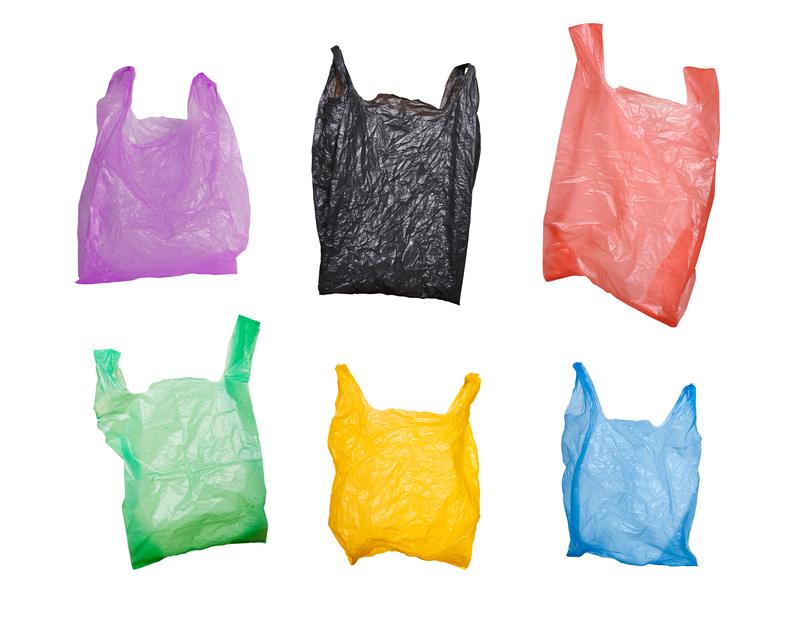
The future of furniture recycling is promising, with emerging trends poised to enhance the efficiency and impact of recycling initiatives.
1. Circular Economy Models
Circular economy models focus on designing out waste and keeping products in use for as long as possible. This approach encourages continuous recycling and reuse of furniture items.
2. Sustainable Design
Furniture designed with sustainability in mind uses recyclable materials and minimizes environmental impact. Sustainable design promotes easier recycling and extends the lifecycle of products.
3. Digital Platforms
Digital platforms facilitate the exchange and recycling of furniture by connecting donors, collectors, and recyclers. These platforms streamline the process and increase accessibility to recycling services.
How to Get Involved in Furniture Recycling
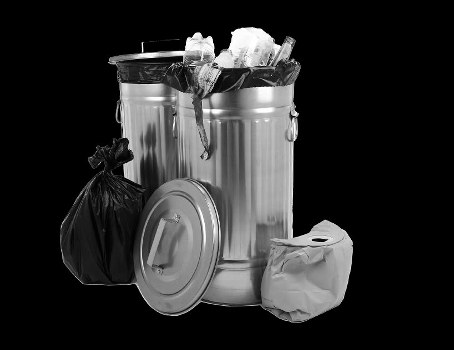
Getting involved in furniture recycling is straightforward and can make a significant difference in promoting sustainability.
1. Donate Usable Furniture
Items in good condition can be donated to charities, resale shops, or community centers. This extends the furniture's life and benefits those in need.
2. Use Recycling Services
Professional recycling services offer convenient ways to dispose of old furniture responsibly. These services handle the collection, sorting, and recycling processes efficiently.
3. Participate in Community Initiatives
Engaging in local recycling drives and community programs supports collective efforts to reduce waste and promote environmental stewardship.
Conclusion
Furniture collection and recycling, especially of white goods, are vital components of a sustainable future. By understanding the processes, benefits, and challenges, individuals and organizations can contribute effectively to environmental conservation.
Embracing recycling not only preserves natural resources and reduces pollution but also supports economic growth and community well-being. As we move forward, innovative solutions and collaborative efforts will further enhance the impact of furniture recycling, paving the way for a greener and more sustainable world.
Take the first step towards sustainability today. Contact us today to learn more about our furniture recycling services and how you can make a difference.